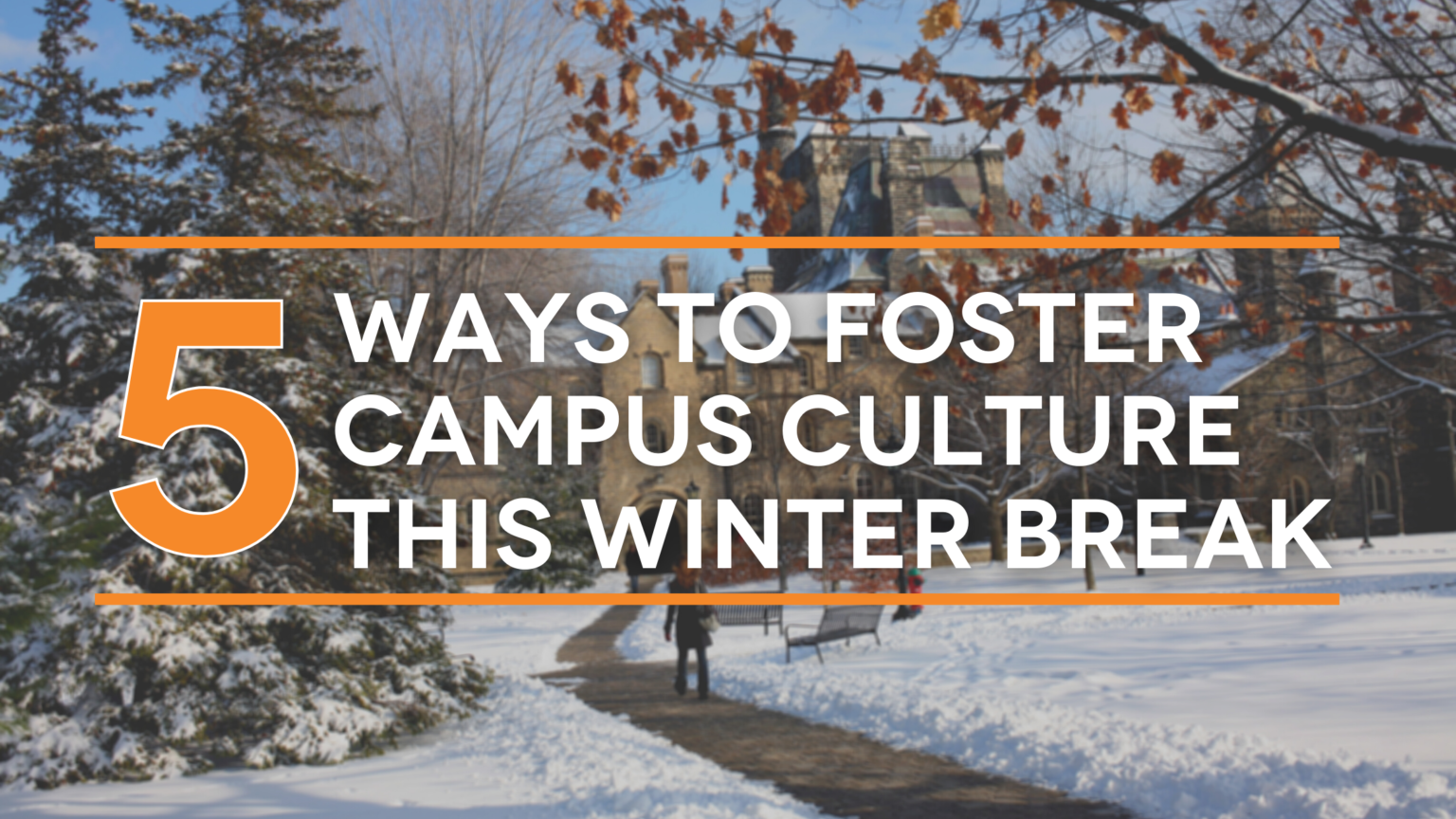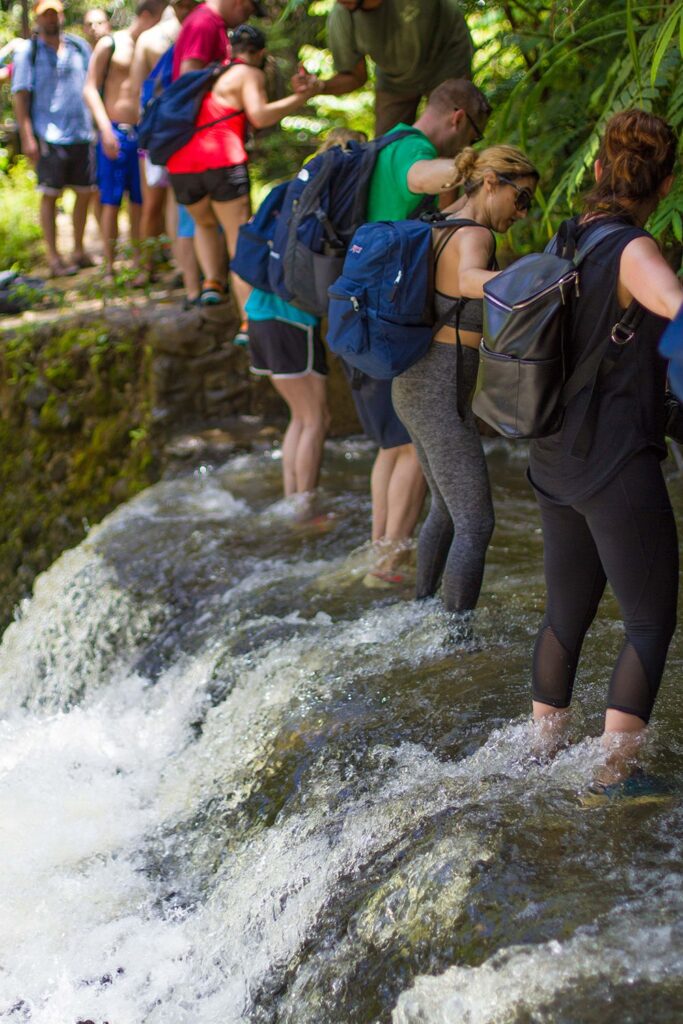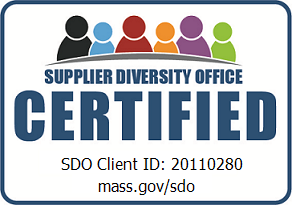
Many college students were either on spring break or about to start spring break when the global pandemic hit the United States in March 2020. School administrators across the country sent “extended spring break” notices so they could consider what to do next. Weeks later, students were informed that the remainder of their school year would be taught remotely. They were instructed to go home—to leave their friends, professors and college community behind. Yes, it was the safe and prudent thing to do, but it was also painful and disruptive for students, faculty and staff.
An increasing number of schools are now looking toward an extended winter break as COVID-19 case counts and infection rates rise in record numbers across the country. As schools plan to close out their in-person fall semesters early, they must do so in a way that doesn’t replicate the chaos of last spring.
Here are five ways to foster community, communication and trust—and to keep on-campus culture alive over the extended winter break.
1. Prepare
Create opportunities for continued two-way dialogue between students and faculty during the break. This could take the form of virtual learning activities and presentations, extended office hours with faculty, or additional opportunities for student-to-student interaction. Consider student access to the technology while they’re away, time zones and language barriers.
2. Stay in Touch
Keep students updated on what’s happening on campus, in your state, and the world while they’re on break, especially if any will affect school decisions or policy. Utilize existing forms of communication—social media postings, videos, newsletters, and email, for example. Consider creating a special virtual version of any previously planned in-person activities, including streaming any presidential addresses or outside speeches/performances. Encourage students to keep the conversation going on social media (or some other school-specific medium) with creative engagement strategies.
3. Be Visual
Not all students learn the same way, so they don’t connect and communicate the same way, either. Mix up your communications tools with visuals: video messages, online photo galleries, and social media channels.
4. React
Be mindful that world events may worry students while they’re away, leaving them uncertain about their return to campus—and their future. Comment on world events and consider taking a stance on those that require your voice. Be sure to respond in a timely, authentic and compassionate manner—and always keeping with your stated mission and values. Keep the lines of communication open by proactively offering opportunities to connect.
5. Add Some Fun
There are so many innovative virtual ways to do what you normally do live on campus. Consider online clubs, gatherings, entertainment, contests and photo galleries as ways to keep your students engaged—with each other and with the school.
Always remember to meet students where they are in life. Recognize that not all students will be in the same place—psychologically, socially or emotionally. In uncertain times, creating opportunities to bring your community together, even in virtual settings, is more important than ever before. When the time comes for in-person learning to resume, it’ll be much easier for everyone—students, faculty and staff—to pick up right where they left off.





















